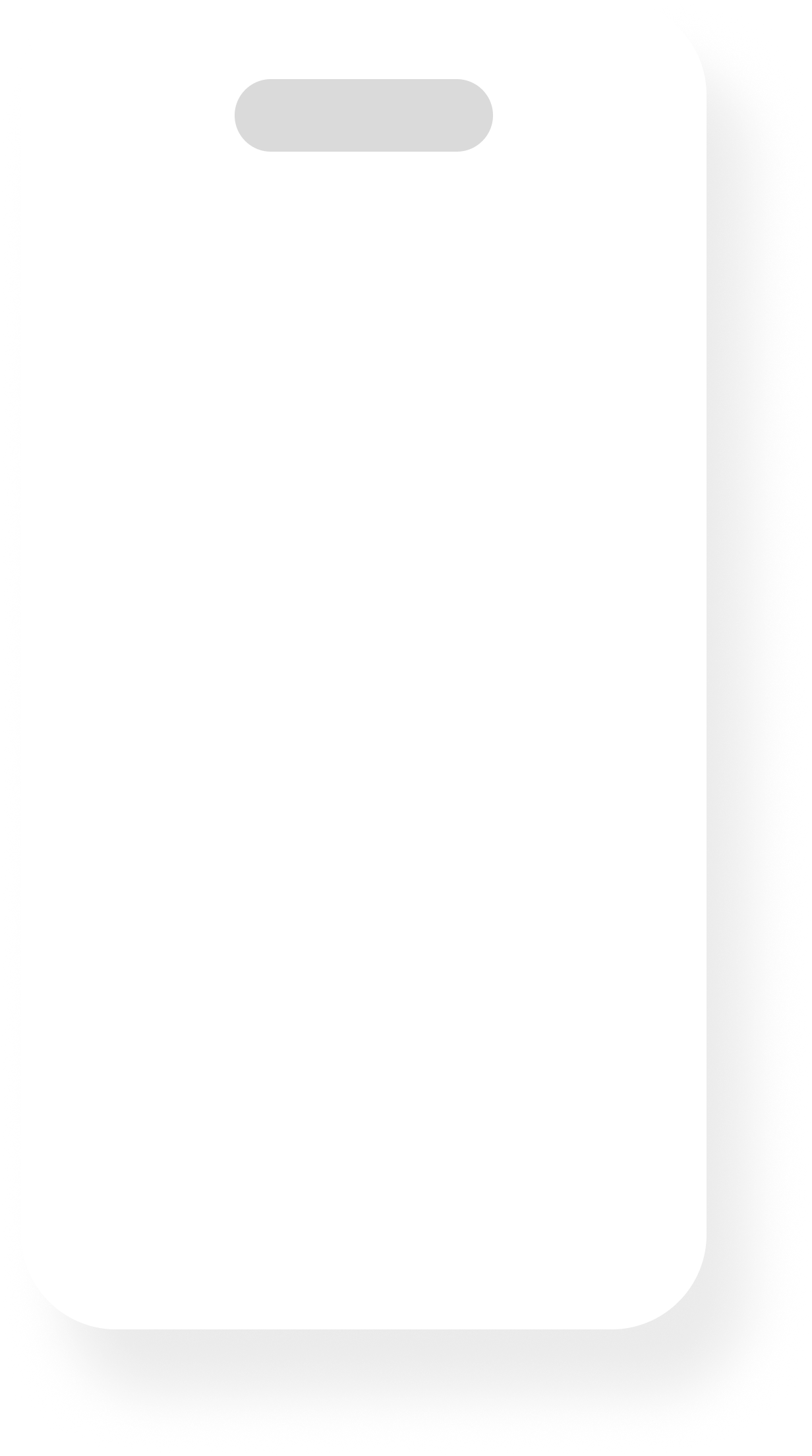Design Services
AI-Solution Architect
Our AI-Solution Architecture services are designed to help clients unlock potential, simplify processes, create better user experiences, and fuel business growth…all powered by AI and thoughtful design.
Design System Creation
We help you build scalable design systems that unify your brand and streamline product development, ensuring consistency and efficiency across all digital products.
User Research
We take the time to understand your users, using empathetic research methods to uncover valuable insights that shape meaningful experiences and guide product decisions.
UX Design
Our team collaborates with you to craft intuitive and enjoyable user experiences that align with your business goals and leave a lasting impact on your audience.
AI-Driven UX/UI Design
We create intuitive, human-centered interfaces that allow users to easily interact with AI-powered features, while ensuring transparency, trust, and seamless integration of complex AI functionalities into user-friendly, accessible digital experiences.
UI Design
We bring your vision to life with stunning, user-friendly interfaces that not only look beautiful but are easy to navigate, making every interaction a delight for your customers.
Design Process
UI Design
Avg one month
Introductions and familiarity
Mood boards
Design Strategy
Design Strategy
Research
Avg one month
Audits
User Interviews
Wireframes
Prototype
Design
Based on SOW
Designing Design system assets and High-fidelity Interfaces
User testing
Delivery
Based on SOW
Design approval
Deliver all assets
Handoff to Dev
Support to launch
Phases of a Design Process
Design Strategy
A design strategy provides a clear framework to align UX design with the goals of the business and the needs of users.
It integrates creative thinking and advanced technologies, such as AI-Solutions Architecture, to bridge the gap between business objectives and user experience satisfaction.
This ensures that every design decision, powered by intelligent solutions, supports both business growth and user engagement, resulting in products that are not only functional but also enjoyable to use.
Ultimately, a design strategy, enhanced by AI-Solutions Architecture, improves efficiency from start to launch.

Design Audits and User Research
Design audits and user research help identify high-level design issues, prioritize user needs, improve product usability, and provide actionable insights that enhance user experience and increase ROI, while also identifying accessibility and inclusivity improvements.
Design Audits
Design audits leverage methods like competitive analysis, market research, usability heuristics, and prototyping to identify opportunities for improving product usability and staying ahead in the market.
User Research
User research, through techniques such as persona creation, journey mapping, participant screening, surveys, interviews, and usability testing, helps understand user needs and preferences to design more effective and satisfying digital experiences.
Foundational UX Design
Effective UX design centers on understanding your users and aligning with your product goals to enhance user satisfaction and improved business outcomes.
Easy-To-Use
A well-designed user experience simplifies navigation, making it easier for users to find what they need quickly.
This leads to higher customer satisfaction, which can increase retention and encourage repeat business.
More Users
By prioritizing usability, users feel more satisfied and confident while interacting with a website or app.
A strong UX design can boost conversion rates by guiding users smoothly through the purchase process.
Less Frustration
Effective UX reduces frustration and enhances overall enjoyment, leading to a more positive engagement with the product.
By minimizing user errors, effective UX reduces future costs for businesses to improve the design of products.
Consistent Use and Growth
When users have a seamless experience, they are more likely to return, creating loyalty and trust in the brand.
Companies that prioritize UX stand out in a competitive market, attracting new customers and building a strong brand reputation.
Accessible UI Design
Accessibility-focused UI designs enable the creation of design systems that promote inclusivity, streamline efficiency, and drive optimal growth of digital products.
Efficiency
Experienced users benefit from shortcuts that streamline common tasks, enhancing overall productivity.
Predictability and Familiarity
Users expect interfaces to behave in certain ways based on prior experiences, and leveraging this familiarity improves usability.
Consistency
Consistent fonts, colors, icons, and buttons across a product make it easier for users to navigate and become familiar with the interface.
Accessibility
UI designers must ensure interfaces are easy to use for everyone by maintaining good contrast, recognizable elements, and adaptable designs for different screen sizes.
AI-Driven UX/UI Design
Accessibility-focused UI designs enable the creation of design systems that promote inclusivity, streamline efficiency, and drive optimal growth of digital products.
Designing User Interactions with AI
Crafting experiences where users can easily interact with and understand AI-driven features, like chatbots, recommendation engines, or AI-generated insights.
Humanizing AI Outputs
Making complex AI-generated data easy to interpret and act upon through clear visualizations, dashboards, or simplified responses.
Seamless Integration
Ensuring AI capabilities are integrated into existing platforms (web, mobile, etc.) in a way that doesn’t overwhelm or confuse users.
Creating Trust and Transparency
Designing interfaces that explain how AI is working behind the scenes, helping users trust the AI’s suggestions or decisions.

